Here is some detailed information about Tecoma capensis:
- Morphology: Tecoma capensis is a deciduous to semi-evergreen shrub that can reach a height of 6 to 10 feet (1.8 to 3 meters) and spread of 4 to 6 feet (1.2 to 1.8 meters). The leaves are opposite, pinnately compound, and composed of 5 to 7 leaflets. Each leaflet is lance-shaped, serrated at the edges, and has a glossy green surface. The foliage adds an attractive element to the plant even when it is not in bloom.
- Flowers: The flowers of Tecoma capensis are one of its most striking features. They are tubular and trumpet-shaped, typically 2 to 3 inches (5 to 7.5 centimeters) long. The flower color can vary, but the most common shades are orange or red-orange. The blooms are arranged in large clusters at the branch tips, creating a visually impressive display. The flowers are rich in nectar and attract pollinators such as butterflies, bees, and hummingbirds.
- Cultivation: Tecoma capensis is well-suited for warm and subtropical climates. It thrives in full sun but can tolerate partial shade. The plant prefers well-drained soil and can withstand periods of drought once established. Regular watering during dry spells can help promote healthy growth and flowering. Pruning can be done to control the size and shape of the shrub.
- Landscaping and Ornamental Use: Tecoma capensis is a popular choice for landscaping due to its vibrant flowers and dense foliage. It is often used as a hedge, border plant, or specimen shrub in gardens, landscapes, and parks. The shrub can be trained to grow on trellises or fences as a climbing vine. The attractive flowers and ability to attract pollinators make Tecoma capensis a visually appealing addition to any garden.
- Invasiveness Concern: It’s worth noting that in certain regions, Tecoma capensis has become invasive and poses a threat to native plant communities. In areas where it is non-native, the plant can spread aggressively and outcompete native species. It is important to check the invasive status of Tecoma capensis in your specific region and avoid planting it in areas where it may cause ecological harm.
Tecoma capensis is a beautiful and versatile plant that adds color and visual interest to gardens and landscapes. Its ability to attract pollinators makes it ecologically valuable as well. However, it’s important to be mindful of its invasive potential in certain areas and ensure responsible cultivation practices.

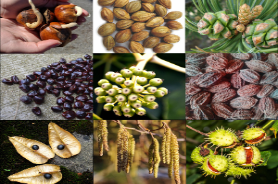





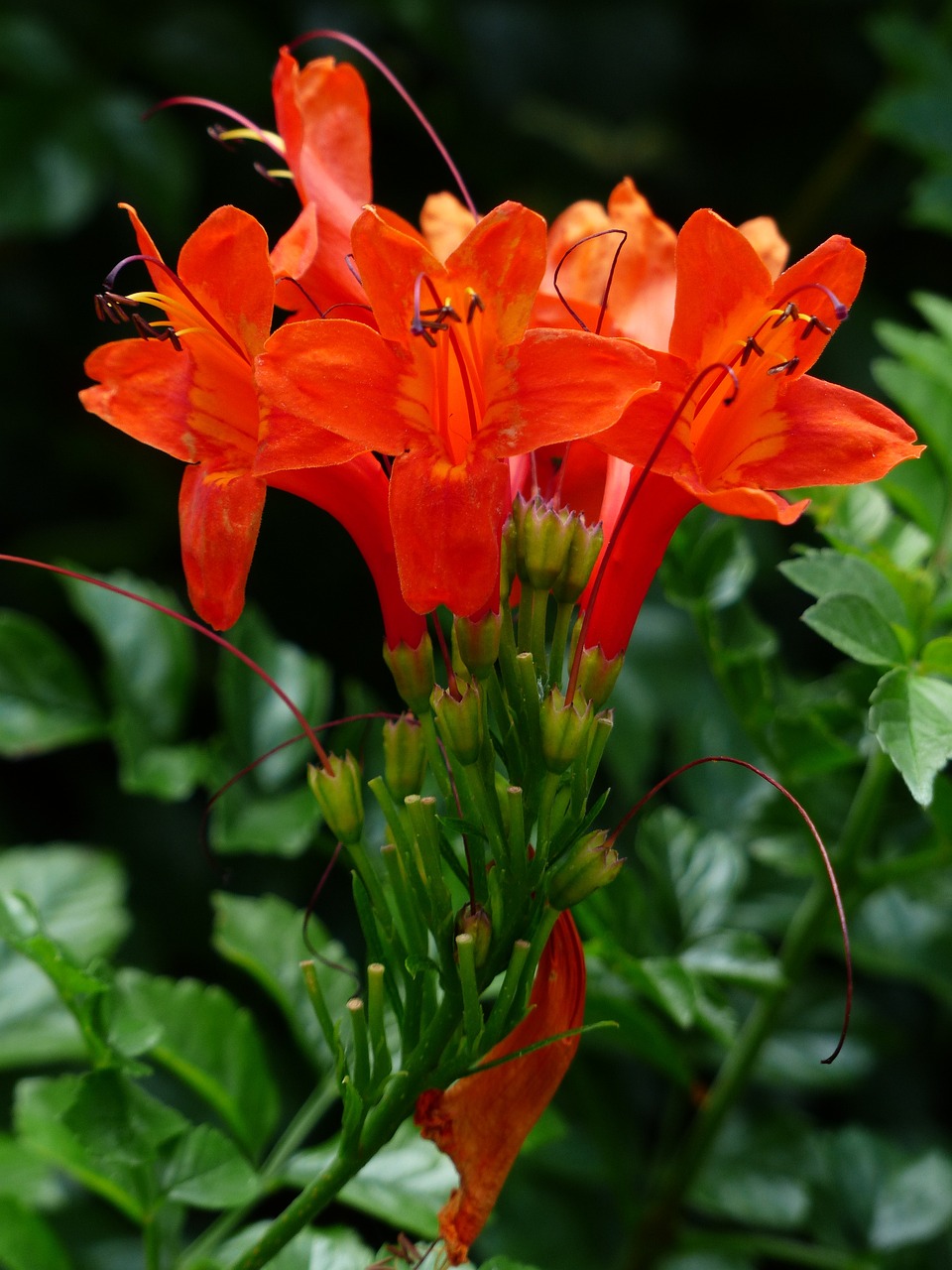
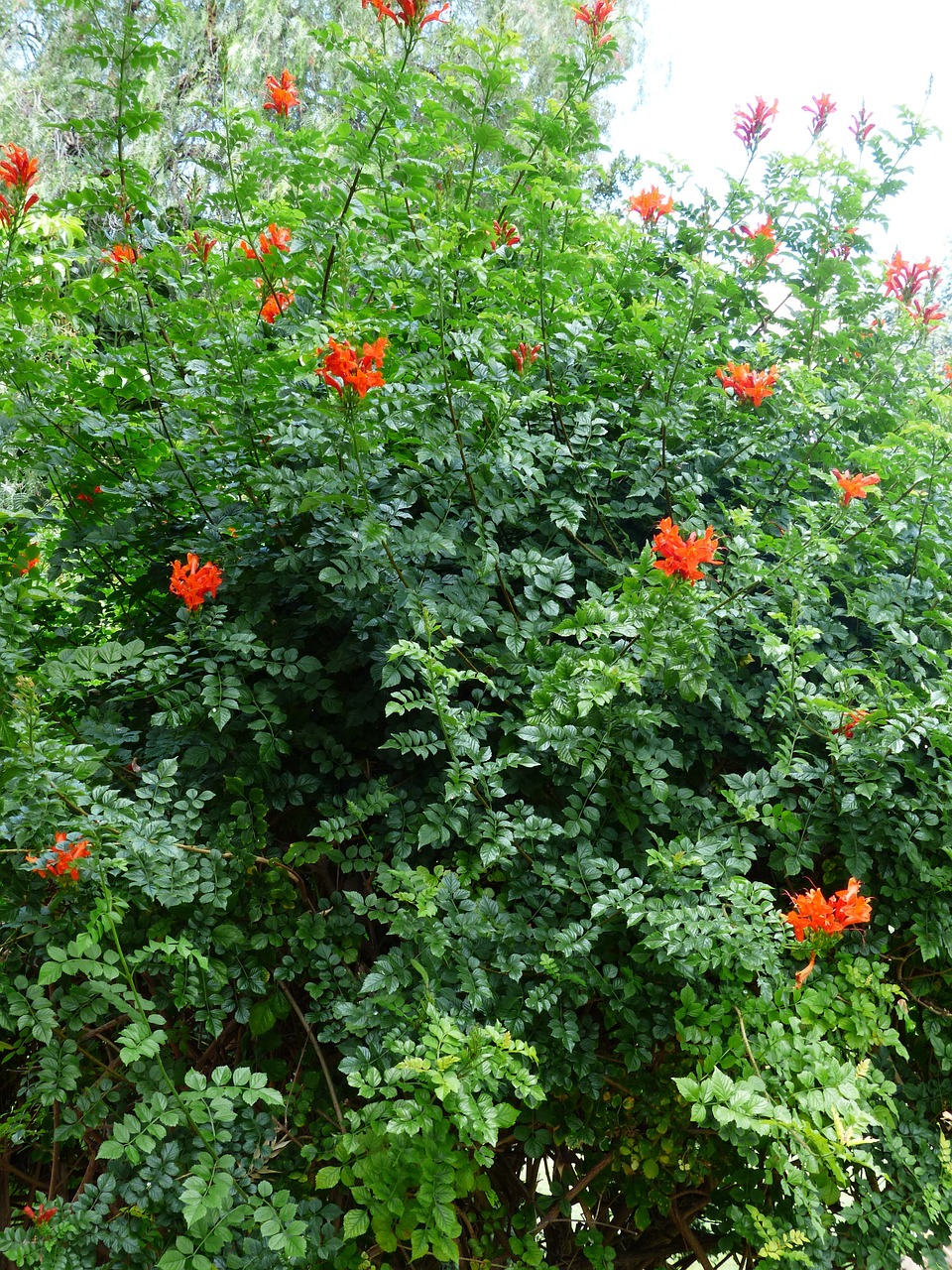
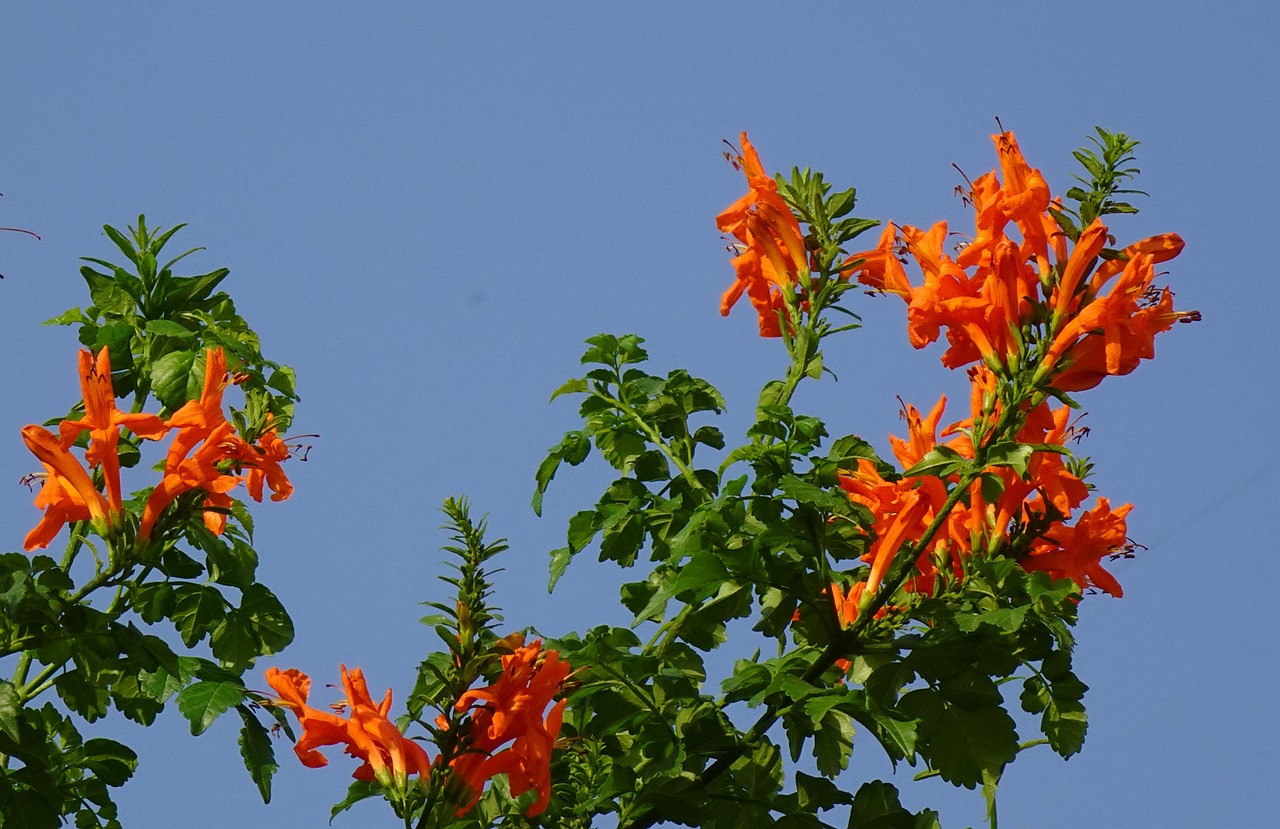

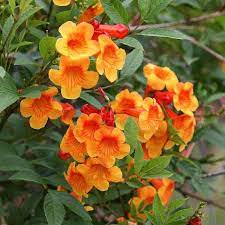


Reviews
There are no reviews yet.